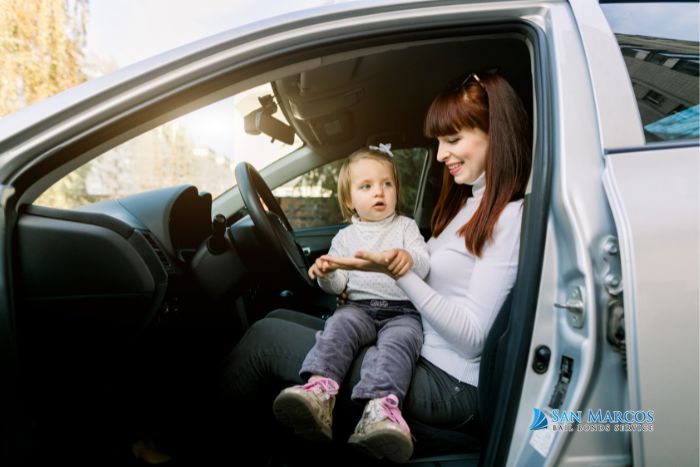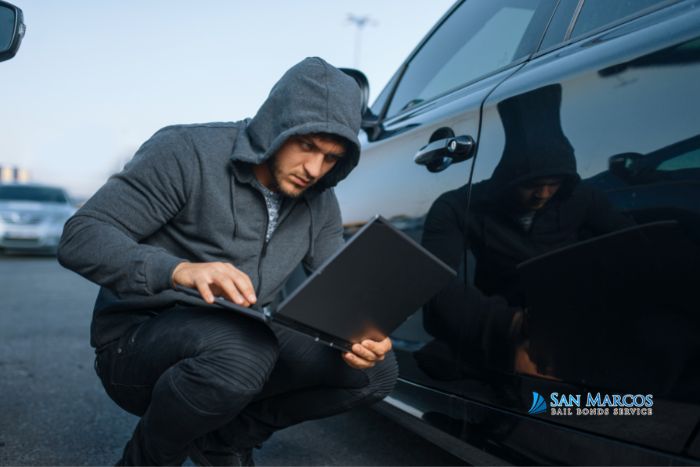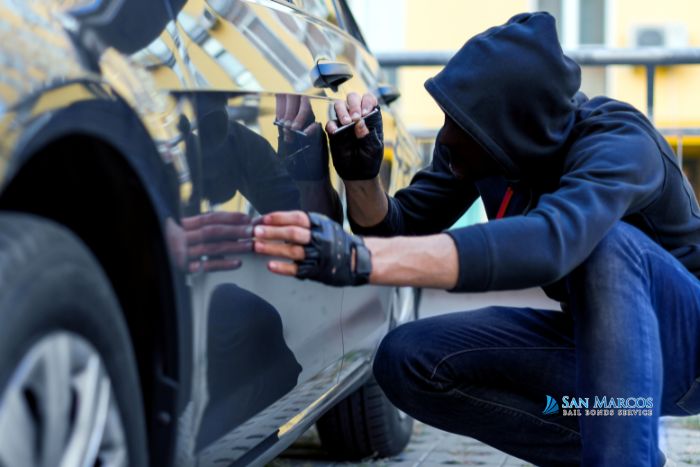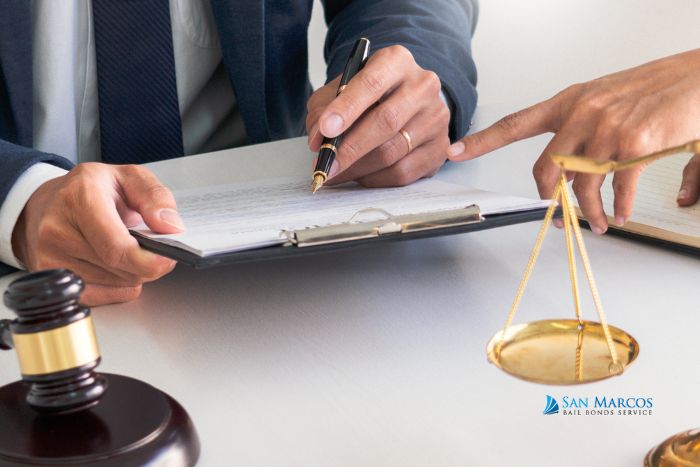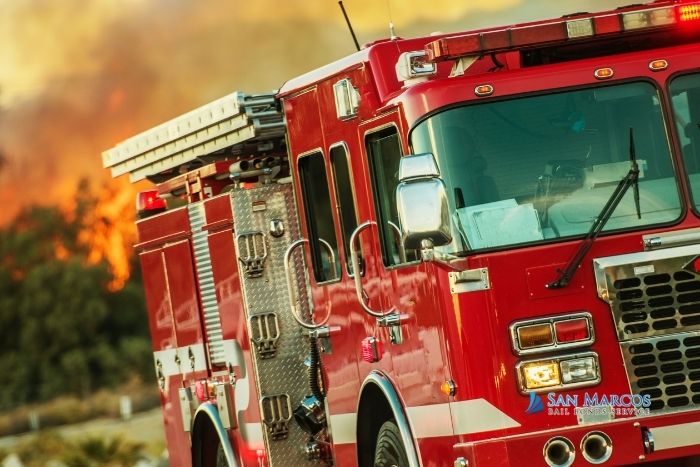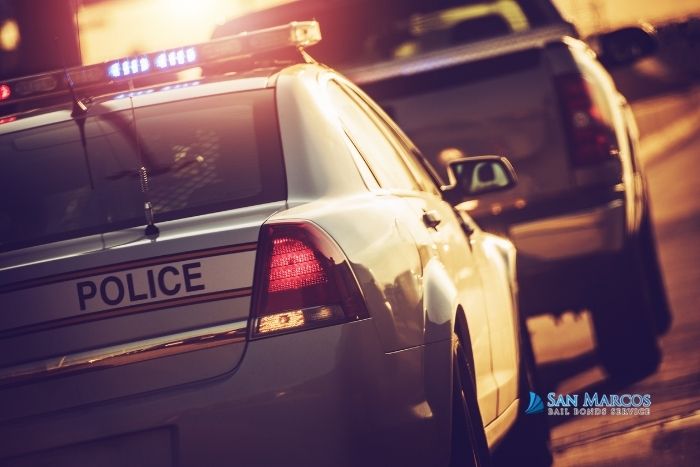California’s Car Seat Laws
Every parent who has an infant knows that they’re supposed to have a car seat installed in their vehicle. They even know that it’s state law. What some parents don’t know is how important the car seat is and the consequences of having a car seat that doesn’t meet current safety standards, that isn’t properly installed, or that isn’t properly fitted to their child. According to Car Buyers Guide, "in a recent study, the RSA inspected 5000 child seat installations from the public and found that over 4000 of them needed adjustments of some kind to ensure optimum safety." California’s lawmakers used Vehicle Code 27360 VC to address the issue of car seats. The law clearly states that:- Children under the age of 2 must be properly restrained in a rear-facing car seat
- Children under the age of 8 must ride in the back seat and be safely restrained in an age/size appropriate safety seat.
- The child must be secured into the safety car seat in a manner that complies with both height and weight limits that are to be specified by the car seat manufacturer.

